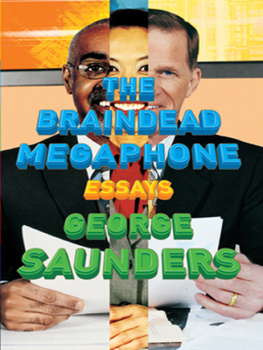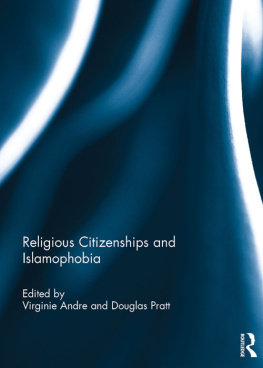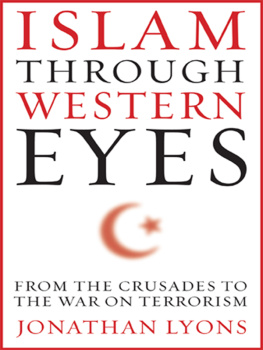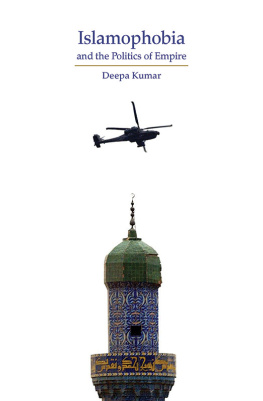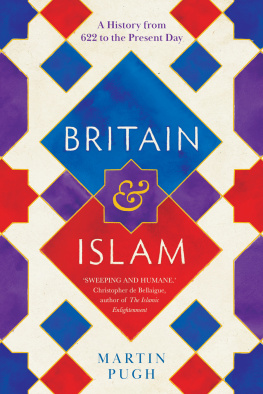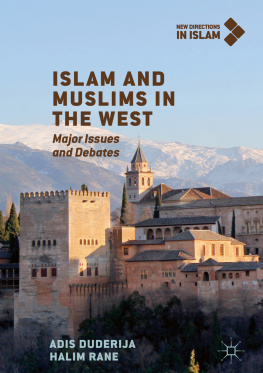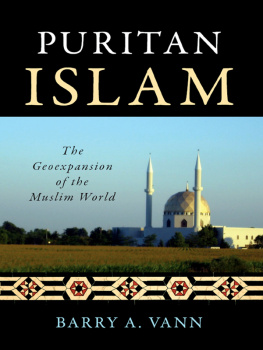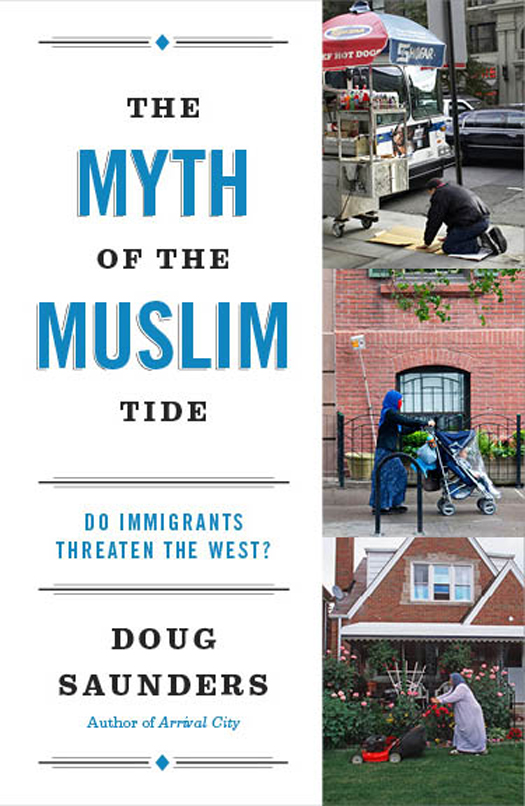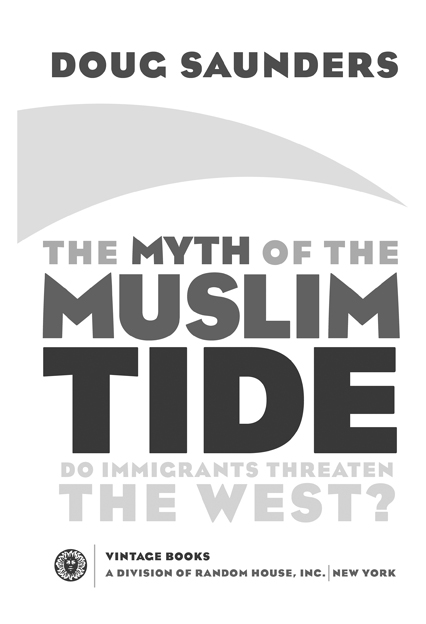Praise for Doug Saunders and ARRIVAL CITY
Serious, mightily researched, lofty and humane, Arrival City is packed with salient detail and could hardly be more timely [It] feels as important in its way as was Jane Jacobss Death and Life of Great American Cities.
The New York Times
Arrival City presents an optimistic and humane view of global urbanization. Lets hope urban planners and politicians pay attention.
The Wall Street Journal
Arrival City asks that we take a closer look at urbanization before its mismanagement is further mistaken for the thing itself, and to recognize that a citified future is not necessarily a doomed one.
NPR
A brisk world tour of enormous urban-fringe neighborhoods populated by people who have left the countryside. Perhaps because Saunders is a journalist who isnt selling his advice, his version of the city is more persuasive.
The New Yorker
One does not need to be a cynic, alas, to suspect that cities and nations may not apply their best policies to their worst neighborhoods. But for those who are wise enough to try, Saunders has written the manual.
Bookforum
One of the years most engaging and important works of nonfiction.
The Independent (London)
A timely contribution to the discourse on global cities. Saunders offers a readable, immediate social history.
The Globe and Mail (Toronto)
Skilled in both colourful reportage and sustaining a good argument, [Saunders] provides a badly needed progressive and optimistic narrative about our future. This may be the best popular book on cities since Jane Jacobss The Death and Life of Great American Cities. Few books can make rationalists feel optimistic and empowered for the future. [Arrival City] does.
The Guardian (London)
Saunderss approach is through anecdotes and vignettes, but they cumulate into a persuasive whole. Saunderss practical suggestions for helping immigrants are sure to attract attention. [A] highly readable book.
Financial Times
A masterpiece of reporting, one of the most valuable and lucid works on public policy published anywhere in years.
Edmonton Journal
Important. Saunderss greatest strength lies in the global breadth of his reportage. His evocative descriptions transform a complex, serious subject into a page-turning read.
Literary Review
A broadly researched, passionate and portentous call for a new way to look at the experience of migrants. It is essential reading for all who look at the future of cities with a mix of hope and fear.
Winnipeg Free Press
[An] incisive study of worldwide rural-to-urban migration, its complex social mechanisms and the consequences of institutional neglect. An essential work for those who pay attention to the effects of globalizationwhich is, or at least should be, nearly everyone.
Kirkus Reviews
 DOUG SAUNDERSTHE MYTH OF THEMUSLIM TIDE
DOUG SAUNDERSTHE MYTH OF THEMUSLIM TIDEDoug Saunders is the European bureau chief of The Globe and Mail. He is the author of Arrival City, which won or was a finalist for several prizes and was published in eight languages around the world.
www.dougsaunders.net
ALSO BY DOUG SAUNDERS
Arrival City
FIRST VINTAGE BOOKS EDITION, AUGUST 2012
Copyright 2012 by Doug Saunders
All rights reserved. Published in the United States by Vintage Books, a division of Random House, Inc., New York, and simultaneously in hardcover in Canada by Alfred A. Knopf Canada, a division of Random House of Canada Limited, Toronto.
Vintage and colophon are registered trademarks of Random House, Inc.
The Cataloging-in-Publication Data for The Myth of the Muslim Tide is available at the Library of Congress.
eISBN: 978-0-307-95125-0
Cover design by Cardon Webb
Cover photographs: (top) Jacob Silberberg/Panos Pictures;
(middle) Jeremy Graham/dbimages/Alamy;
(bottom) Alexandra Avakian/Contact Press Images
www.vintagebooks.com
v3.1
CONTENTS
Open your ears; for which of you will stop
The vent of hearing when loud Rumour speaks?
I, from the Orient to the drooping West,
Making the wind my post-horse, still unfold
The acts commenced on this ball of earth:
Upon my tongues continual slanders ride,
The which in every language I pronounce,
Stuffing the ears of men with false reports.
I speak of peace, while covert enmity
Under the smile of safety wounds the world,
Rumour is a pipe
Blown by surmises, jealousies, conjectures,
And of so easy and so plain a stop
That the blunt monster with uncounted heads,
The still-discordant wavering multitude,
Can play upon it.
King Henry IV, Part II
I THE NEW NEIGHBOURS
ABOUT FIFTEEN YEARS AGO , my London neighbourhood began to change. We noticed it first among the crowds on our rough-and-tumble shopping street, Holloway Road, where there were suddenly a lot more women with covered heads: some wore a colourful hijab, others the white veil popular among East Africans, still others the heavy black chador, and occasionally by the bus shelter a pair of eyes would peer from a narrow slit in the all-concealing black sack of a Saudi-style abaya and niqab. Whatever their headdress, these women tended to have a lot of children with them.
Then the street itself changed: its procession of pubs and corner stores was joined by a great many Turkish eateries, some of them excellent, along with several grotty Internet cafs and money-transfer shops with opaque Arabic signs. Within a few years, it felt as if Islam was closing in. Our after-school babysitter, a French girl who grew up in an Alpine village and was partial to all-night raves, abruptly converted to the faith of her new Algerian friends and took to covering her head and praying five times a day. It made her more punctual and orderly and no less attentive to our kids, but also more sombre and less willing to eat our food.
The new immigrants from East Africa, Turkey, the Middle East and the Indian subcontinent became our friends, shopkeepers, classmates and doctors. But it was hard, in those tense years that began this century, to avoid associating their religion with violence and extremism. Our nearest Muslim house of worship, the Finsbury Park mosque, was often visited by police; in 1997 it had been taken over by an Egyptian-born former Afghan mujahedeen fighter who called himself Abu Hamza. This hook-handed, half-blind cleric, known in tabloid headlines as hooky mullah, delivered astringent sermons calling for the murder of non-Muslims in Islamic lands and made headlines by praising the September 11 hijackers; he was arrested and imprisoned in 2004 on terrorism and race-hatred charges. After that, the extremists were banished from the mosque and deported, its new imam was moderate, and fewer intense, bearded men hung out on the streets around it. But the sense of insecurity and tension continued, especially after a neighbour lost both her legs in the July 7, 2005, suicide-bombing attacks on the London transit system, which were committed mainly by British-born Muslims from Leeds who didnt seem all that different from some of our neighbours.





